The Great Grapevine Road Fight, Part I
In today’s blog post we begin the colorful history of the road connecting Fort Worth to Grapevine in the latter part of the 19th century that went by several names, including Grapevine-to-Fort Worth Cardinal (main) Road, Cardinal Road, Grapevine Pike, Fort Worth-to-Grapevine Road, and eventually, State Highway 121. By whatever name it was called, the road to its completion was far from smooth. Although Grapevine’s growth as a town included the development of its internal infrastructure, the transportation network beyond the township limits remained a significant problem throughout much of the historic period. Finally in 1884 a commission was appointed in Fort Worth to establish the alignment of four main (cardinal) roads in Tarrant County heading north, south, east, and west from Fort Worth. One of the results of the commission’s planning activities was the construction of the sub-cardinal Grapevine Road running northeast from Fort Worth. A sub-cardinal road is...


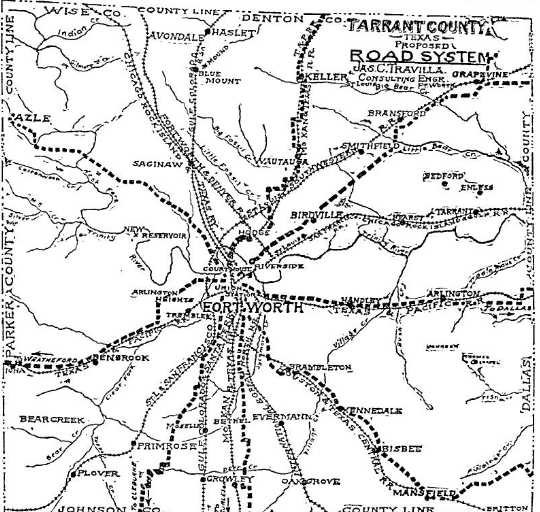

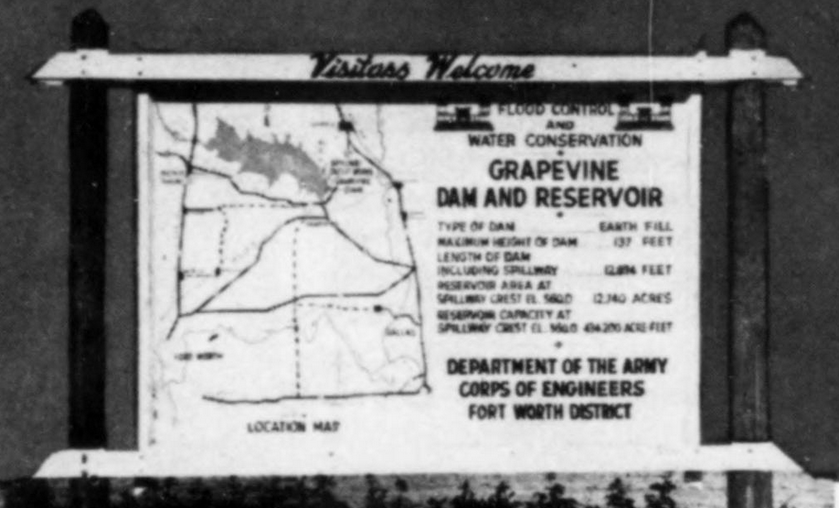
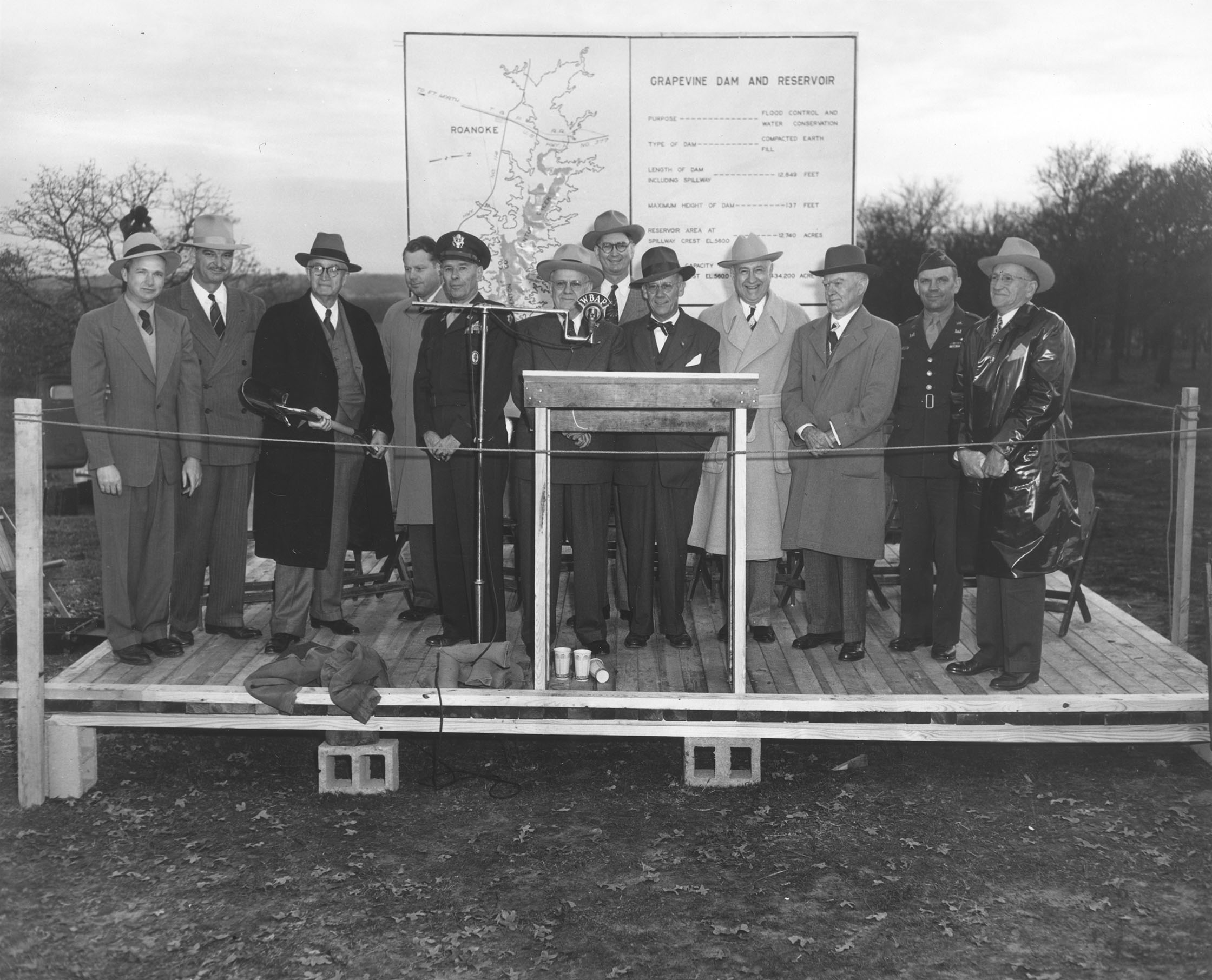
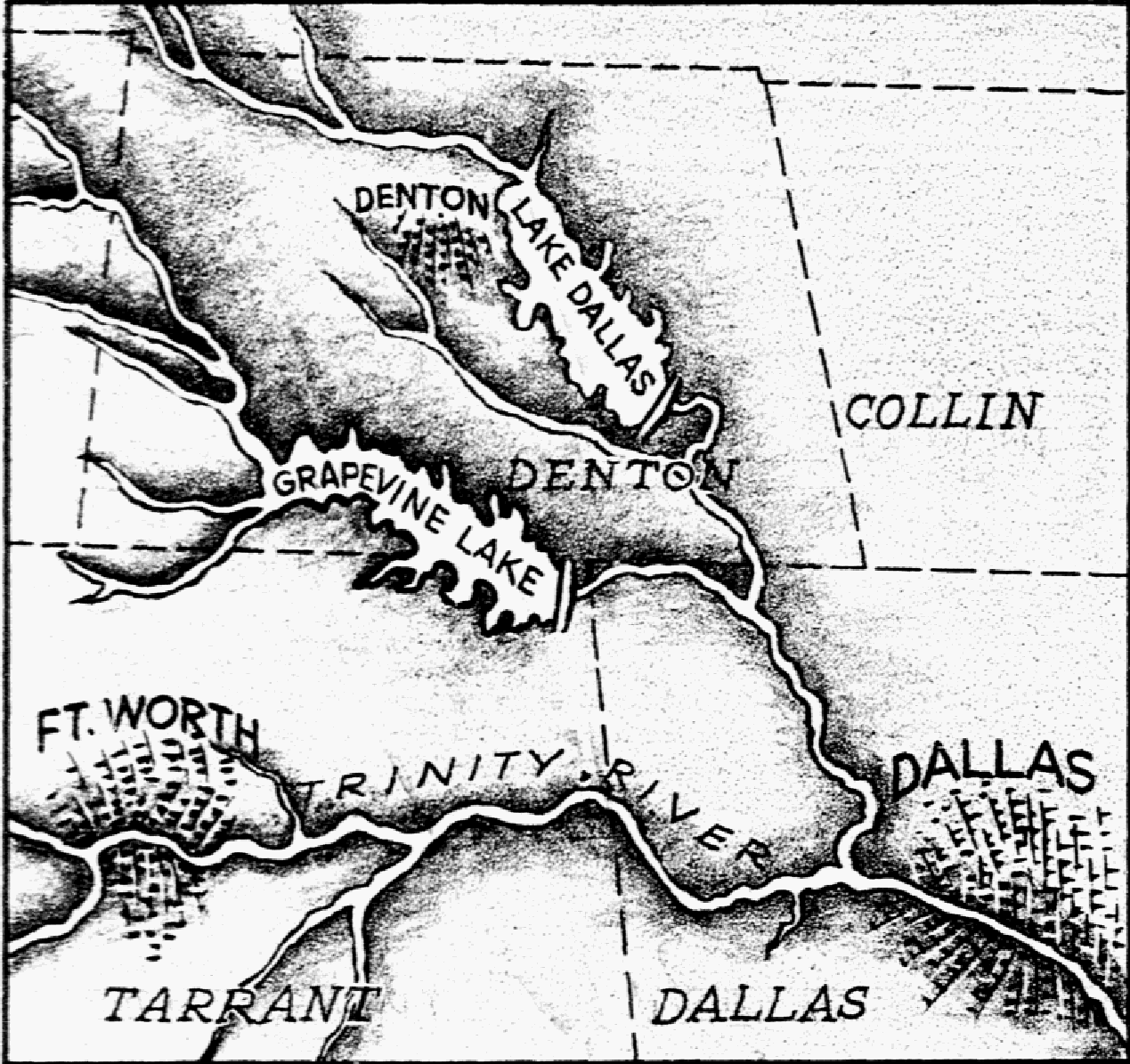
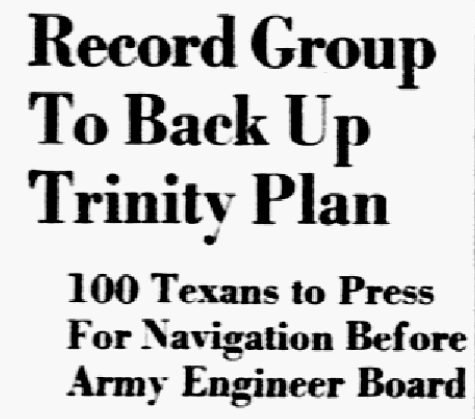
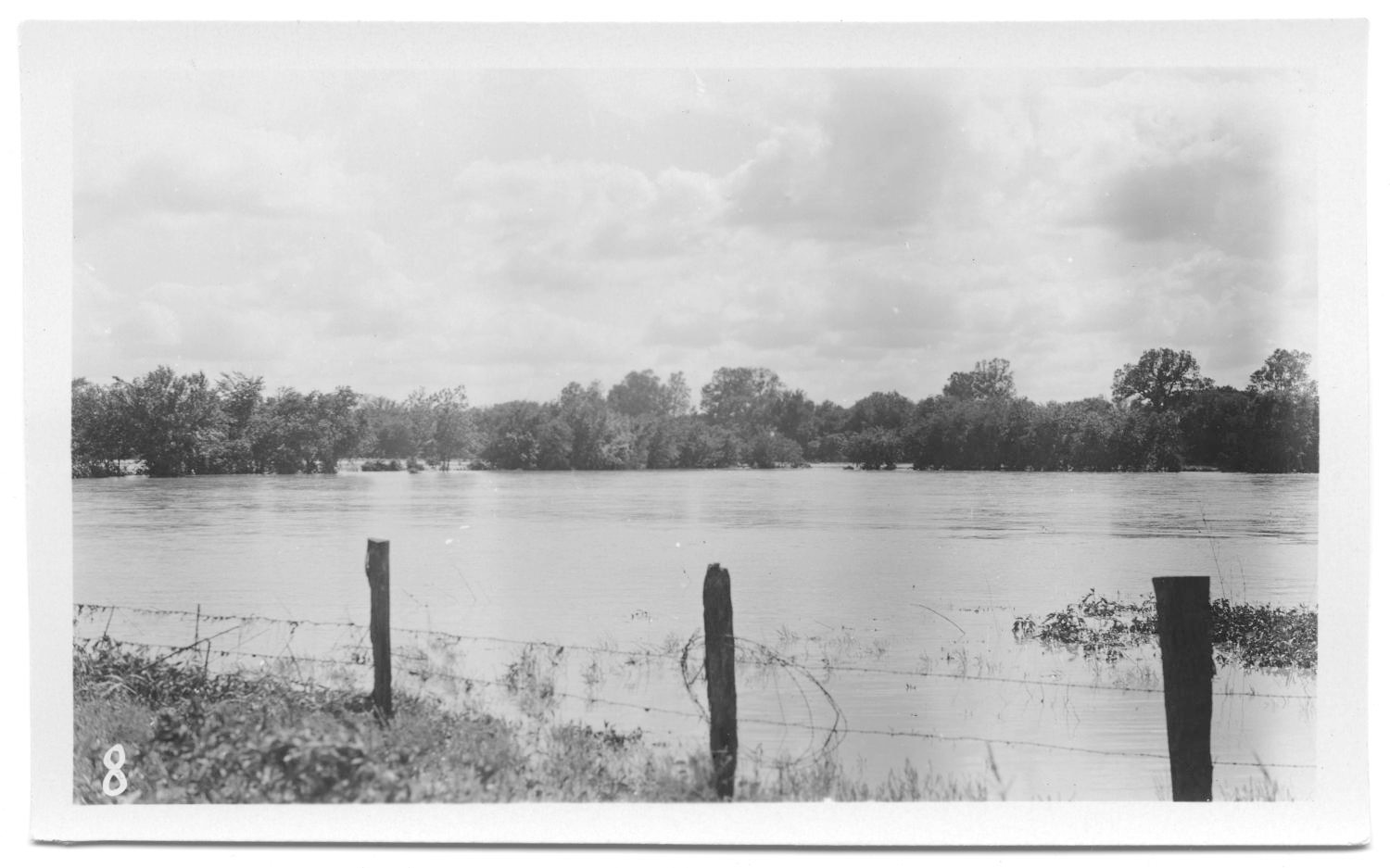
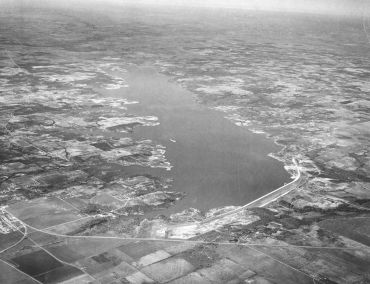

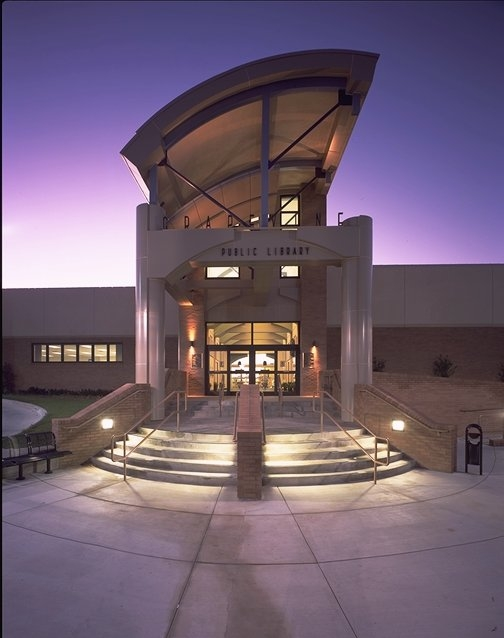
Recent Comments